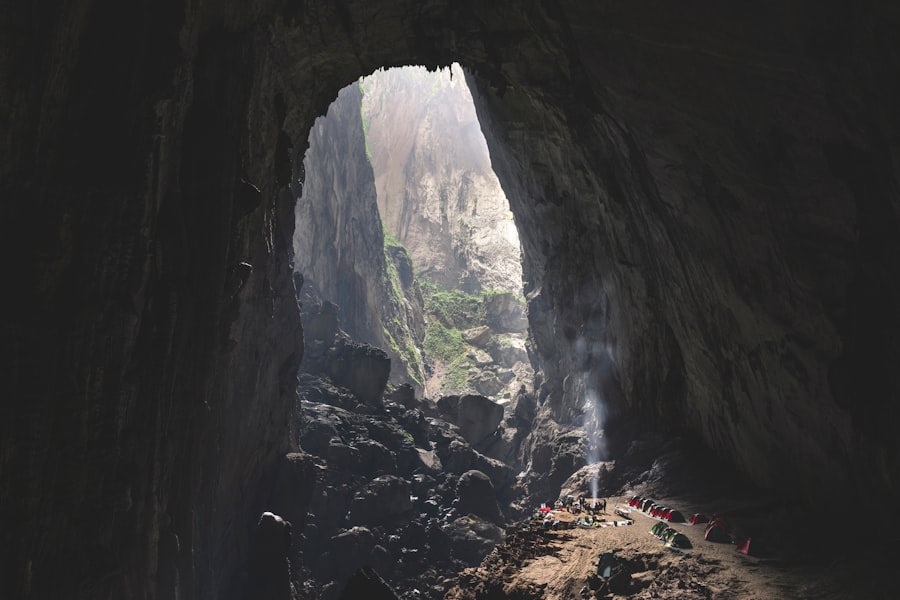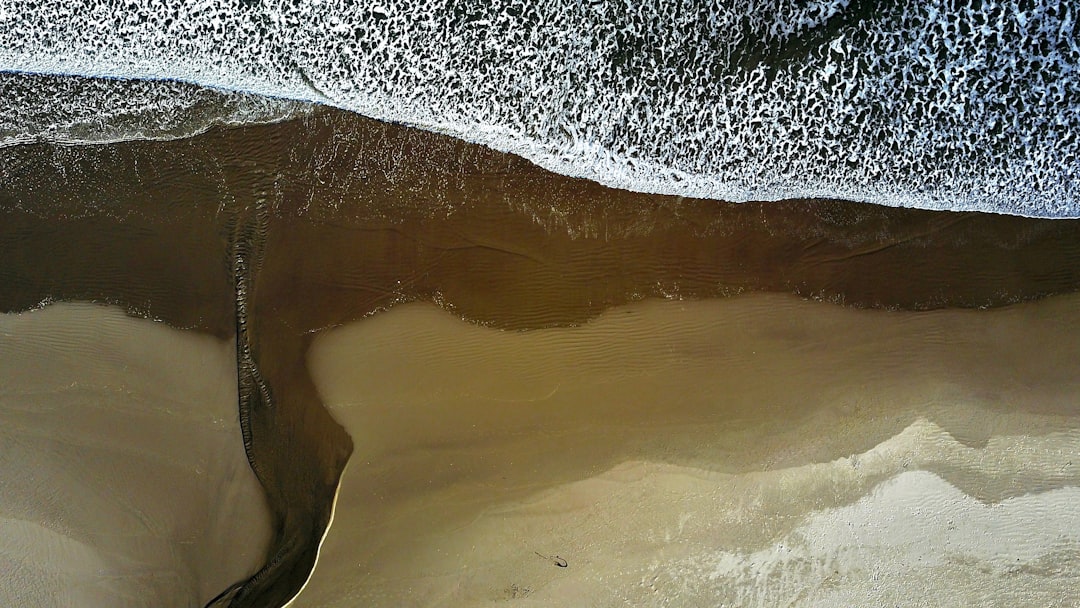The Drake Passage, a body of water that separates South America from Antarctica, is renowned for its tumultuous seas and unpredictable weather. Named after the English explorer Sir Francis Drake, who navigated these waters in the late 16th century, the passage has become a focal point for maritime exploration and scientific research. It serves as a critical conduit for oceanic currents and plays a significant role in the global climate system.
The Drake Passage is not merely a geographical feature; it is a dynamic environment that influences weather patterns, marine biodiversity, and climate change. As one of the most challenging maritime routes in the world, the Drake Passage has captured the imagination of sailors, scientists, and adventurers alike. Its reputation for rough seas and fierce winds has made it a rite of passage for those seeking to reach the Antarctic region.
The passage is often described as the “Sailor’s Grave” due to its treacherous conditions, yet it also offers unparalleled opportunities for research and exploration. Understanding the complexities of the Drake Passage is essential for appreciating its significance in both ecological and climatic contexts.
Key Takeaways
- The Drake Passage is a narrow body of water between South America’s Cape Horn and the South Shetland Islands of Antarctica.
- The geography of the Drake Passage is characterized by its deep waters and strong currents, making it a crucial link between the Pacific and Atlantic Oceans.
- Wind and currents play a significant role in the Drake Passage, creating challenging sailing conditions and influencing climate patterns.
- The Antarctic Circumpolar Current has a major impact on the Drake Passage, driving the circulation of water and influencing global climate systems.
- The Southern Ocean’s unique characteristics, including its cold temperatures and high nutrient levels, have a significant influence on the Drake Passage and the surrounding region.
The Geography of the Drake Passage
Geographically, the Drake Passage spans approximately 800 kilometers (500 miles) between Cape Horn at the southern tip of South America and the Antarctic Peninsula. This narrow stretch of water connects the Atlantic and Pacific Oceans, making it a vital link for maritime navigation. The passage is characterized by its deep waters, with depths reaching over 5,000 meters (16,404 feet) in some areas.
The unique positioning of the Drake Passage allows it to act as a funnel for ocean currents, which significantly impacts global ocean circulation. The surrounding geography further enhances the passage’s complexity. To the north lies the rugged terrain of the Andes mountains, while to the south, the icy expanse of Antarctica looms large.
This stark contrast creates a dramatic landscape that is both beautiful and formidable. The interplay between land and sea in this region contributes to the passage’s unpredictable weather patterns and challenging navigation conditions. The geography of the Drake Passage is not just a backdrop; it is an integral part of its identity and influence on global systems.
The Role of Wind and Currents in the Drake Passage

Wind and currents play a pivotal role in shaping the environmental conditions of the Drake Passage. The region is notorious for its strong winds, which can reach speeds of over 100 kilometers per hour (62 miles per hour). These winds are primarily driven by the temperature differences between the cold Antarctic air and the warmer air masses from the north.
As these winds sweep across the open waters of the passage, they create formidable waves that can pose significant challenges for vessels traversing this route. The currents in the Drake Passage are equally influential. The Antarctic Circumpolar Current (ACC) flows through this region, acting as a powerful force that connects the world’s oceans.
This current is unique in that it flows uninterrupted around Antarctica, driven by the prevailing westerly winds. The interaction between wind and currents creates a dynamic marine environment that affects not only navigation but also marine ecosystems. Understanding these forces is crucial for anyone attempting to navigate or study this remarkable body of water.
The Impact of the Antarctic Circumpolar Current
| Metrics | Impact |
|---|---|
| Climate Regulation | The ACC helps regulate global climate by transporting heat and carbon around the planet. |
| Biodiversity | It influences the distribution of marine species and supports a diverse ecosystem. |
| Sea Level Rise | The ACC plays a role in sea level rise by affecting the melting of Antarctic ice shelves. |
| Weather Patterns | It impacts weather patterns and precipitation in regions influenced by its currents. |
The Antarctic Circumpolar Current is one of the most significant ocean currents on Earth, and its impact on the Drake Passage cannot be overstated. This current encircles Antarctica and plays a crucial role in regulating global climate patterns by facilitating heat exchange between the oceans and atmosphere. As it flows through the Drake Passage, it influences water temperatures and salinity levels, which in turn affect marine life and weather systems.
The ACC also acts as a barrier to warmer waters from the north, helping to maintain the cold temperatures characteristic of the Southern Ocean. This has profound implications for global climate change, as any alterations to this current could lead to significant shifts in weather patterns worldwide. Researchers closely monitor changes in the ACC’s strength and direction, as these variations can provide insights into broader climatic trends.
The Antarctic Circumpolar Current is not just a physical phenomenon; it is a key player in Earth’s climate system.
The Influence of the Southern Ocean on the Drake Passage
The Southern Ocean, which encompasses the waters surrounding Antarctica, exerts a profound influence on the Drake Passage. This oceanic expanse is characterized by its cold temperatures and high nutrient levels, making it one of the most productive marine environments on Earth. The Southern Ocean’s unique characteristics contribute to the rich biodiversity found within the Drake Passage, supporting various species ranging from krill to whales.
Moreover, the Southern Ocean plays a critical role in carbon cycling and climate regulation. It acts as a significant carbon sink, absorbing large amounts of carbon dioxide from the atmosphere. This process is vital for mitigating climate change impacts globally.
The interaction between the Southern Ocean and the Drake Passage creates a complex web of ecological relationships that are essential for maintaining marine health and stability. Understanding this influence is crucial for scientists studying climate change and its effects on marine ecosystems.
The Weather Patterns in the Drake Passage

The weather patterns in the Drake Passage are notoriously unpredictable, characterized by rapid changes that can occur within minutes. This volatility is primarily due to its geographical location and exposure to various atmospheric systems. The passage often experiences storms that can develop quickly, bringing heavy rain, snow, and fierce winds that challenge even experienced mariners.
The convergence of cold polar air from Antarctica with warmer air masses from lower latitudes creates a dynamic weather environment. This interaction leads to frequent low-pressure systems that can result in rough seas and limited visibility. Sailors navigating these waters must be prepared for sudden shifts in weather conditions, making careful planning and real-time monitoring essential for safety.
The unique weather patterns of the Drake Passage are both a challenge and an opportunity for those who venture into this remarkable region.
The Roughness of the Drake Passage
The roughness of the Drake Passage is legendary among sailors and adventurers alike. Known for its towering waves and turbulent seas, this body of water has earned its reputation as one of the most challenging maritime routes in existence. The combination of strong winds, powerful currents, and unpredictable weather creates conditions that can be daunting even for seasoned navigators.
The waves in the Drake Passage can reach heights of over 10 meters (33 feet), making it a formidable obstacle for vessels attempting to cross. These conditions are exacerbated by the narrowness of the passage, which funnels wind and water into a confined space, intensifying their effects. Despite its dangers, many adventurers seek to conquer these waters as part of their journey to Antarctica, viewing it as a rite of passage that tests their skills and resilience.
The Challenges of Navigating the Drake Passage
Navigating the Drake Passage presents numerous challenges that require skill, experience, and careful planning. The unpredictable weather patterns can lead to sudden storms that create hazardous conditions for vessels. Mariners must be adept at interpreting weather forecasts and understanding how atmospheric changes can impact their journey through this treacherous waterway.
In addition to weather-related challenges, navigators must also contend with strong currents that can alter their course unexpectedly. The Antarctic Circumpolar Current flows through this region with considerable force, making it essential for sailors to account for its influence on their navigation strategies. Furthermore, icebergs and sea ice can pose additional hazards during certain times of the year, requiring vessels to remain vigilant and adaptable throughout their journey.
The Importance of the Drake Passage for Climate Research
The Drake Passage holds immense significance for climate research due to its unique position within global ocean circulation patterns. Scientists study this region to gain insights into how ocean currents interact with atmospheric systems and influence climate change. The passage serves as a natural laboratory where researchers can observe firsthand how environmental changes impact marine ecosystems.
Moreover, data collected from the Drake Passage contributes to our understanding of broader climatic trends affecting not only Antarctica but also regions far beyond its shores. By monitoring temperature fluctuations, salinity levels, and marine biodiversity within this area, scientists can develop models that predict future climate scenarios. The importance of ongoing research in this region cannot be overstated; it provides critical information necessary for addressing global climate challenges.
The Wildlife of the Drake Passage
The wildlife inhabiting the waters of the Drake Passage is as diverse as it is fascinating. This region serves as a vital habitat for numerous species, including seals, penguins, whales, and various seabirds. The nutrient-rich waters support large populations of krill, which form the foundation of the marine food web in this area.
Among the most iconic inhabitants are various species of whales that migrate through these waters each year. Humpback whales, orcas, and blue whales are often spotted during their seasonal journeys, drawing attention from researchers and wildlife enthusiasts alike. Additionally, seabirds such as albatrosses and petrels thrive in this environment, utilizing strong winds to glide effortlessly over vast distances in search of food.
The rich biodiversity found within the Drake Passage highlights its ecological importance and underscores the need for continued conservation efforts.
Navigating and Understanding the Drake Passage
Navigating and understanding the Drake Passage is an endeavor filled with challenges and rewards alike. Its tumultuous waters serve as both an obstacle and an opportunity for exploration and research. As one of Earth’s most dynamic marine environments, it plays a crucial role in shaping global climate patterns while supporting diverse ecosystems teeming with life.
For those who venture into these waters—whether for adventure or scientific inquiry—the Drake Passage offers invaluable lessons about resilience, adaptability, and respect for nature’s power. As climate change continues to impact our planet, understanding this remarkable body of water becomes increasingly important for safeguarding its future and preserving its unique ecological heritage. Through ongoing research and exploration, humanity can continue to unlock the mysteries of this extraordinary passage while fostering a deeper appreciation for our planet’s interconnected systems.
The Drake Passage is notorious for its rough seas, a phenomenon that can be attributed to its unique geographical and meteorological conditions. This narrow body of water, located between the southern tip of South America and Antarctica, acts as a natural bottleneck for the Antarctic Circumpolar Current, the world’s largest ocean current.
